The LEC brings us Verne’s science-adventure account of man versus the elements. Will nature triumph or ultimately succumb?
Limited Editions Club; 1959; x, 568pp; 4to (270x180x45mm); 1.9kg; bound in printed green cloth; in plain green slipcase; limited to 1,500 copies; colour illustrations throughout; signed by the illustrator. This is LEC book number 295, part of the Twenty-Seventh Series.
This 1865 entry in the Voyages Extraordinaires series sees a group of escaped prisoners of war stranded on a remote Pacific island with nothing but their wits to survive on. Fortunately, they are protagonists in a Jules Verne novel and when they identify among their number a man of science with a thirst for adventure it seems only a matter of time before they set-up island-wide 5G coverage. But while the island’s wild nature is quickly tamed through trademark Victorian industry and ingenuity, a series of seemingly supernatural events befall our castaways. Would Verne really entertain a divine intervention? Or is there more than meets the eye to The Mysterious Island? Here I’ll be taking a look at the 1959 Limited Editions Club version of this classic of science-adventure.
The book arrives in a green slipcase of fairly sturdy construction bearing a simple title label on its spine. The volume is bound in buckram linen printed with a monochrome wrap-around design by the illustrator. Like any design that is surface-printed onto linen, it feels little prone to rubbing and I have my copy in a protective Mylar dust jacket. The monthly letter (included below) describes the colour as “a rather eerie green-blue that seems to us to match the color of the story.” The spine is labelled in gilt on black, and laying the book on its side we find that the top edge is stained in that eerie green colour while the binding is sewn.
Typeset in 12pt Monotype Electra with generous leading, the text is clear and reasonably stylish. The text is embellished with raised caps at the start of each chapter, printed in Thorne Shaded. Everything is printed on Curtis Colophon paper from the Curtis Paper Company. It falls short of the luxurious quality of stock used in Twenty Thousand Leagues Under the Sea, but that’s to be expected, given that this is a much longer book. The book was produced at the Garamond Press in Baltimore.
The volume is illustrated by Edward A. Wilson, a regular contributor to LEC editions (including several other Verne novels). The 32 pen-and-wash illustrations are generously scattered throughout the book and were coloured by hand in the studio of Walter Fischer. They have a definite 1950s vibe and capture the spirit of adventure fairly well. The frontispiece, in particular, encapsulates the high drama of the novel. The book is divided into three parts, each also begun with a small two-colour title illustration. One thing that’s missing is a map of the eponymous island. It’s a shame because the geography, described verbally, sometimes gets a bit confusing and the white endpapers are crying out for a nice work of cartography.

The book’s translation is attributed to W. H. G. Kingston, although Wikipedia notes that it was his wife, Agnes Kingston, who really did the work. It’s a 19th century translation, now maligned for interfering with Verne’s original text by changing character names and omitting plot points that might offend Victorian colonialist sensibilities. That said, it is eminently readable and, viewed as a text in its own right, cannot be faulted. I’d caution readers not to research the changes made by the translator before having read the book: doing so will inevitably lead to major plot spoilers that somewhat ruined my otherwise enjoyable reading experience.
In Verne’s trademark style, the plot is a slightly absurd love letter to science and engineering that can’t help but beguile readers with its unapologetic techno-optimism. Despite its length, it moves at a steady clip and makes for a fairly compelling adventure yarn. By the end, everything gets tied up in a nice, fulfilling conclusion. I’d be remiss if I didn’t also mention the excellent introduction by esteemed science fiction author Ray Bradbury, who wears his affection for Verne with pride.
The book ends with a colophon signed by the illustrator. It is identified as one among 1500 copies and is hand-numbered. ■
Where to buy
You can search for this edition on eBay US*, eBay UK*, AbeBooks US*, and AbeBooks UK*.
I acquired my copy from a US-based eBay seller for $70, not including postage and packaging. This price is probably a little on the high side (but had the advantage of allowing me to combine trans-Atlantic postage on a larger order).
* denotes an affiliate link
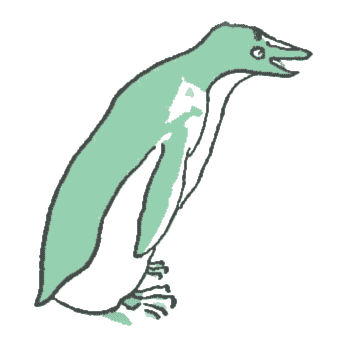

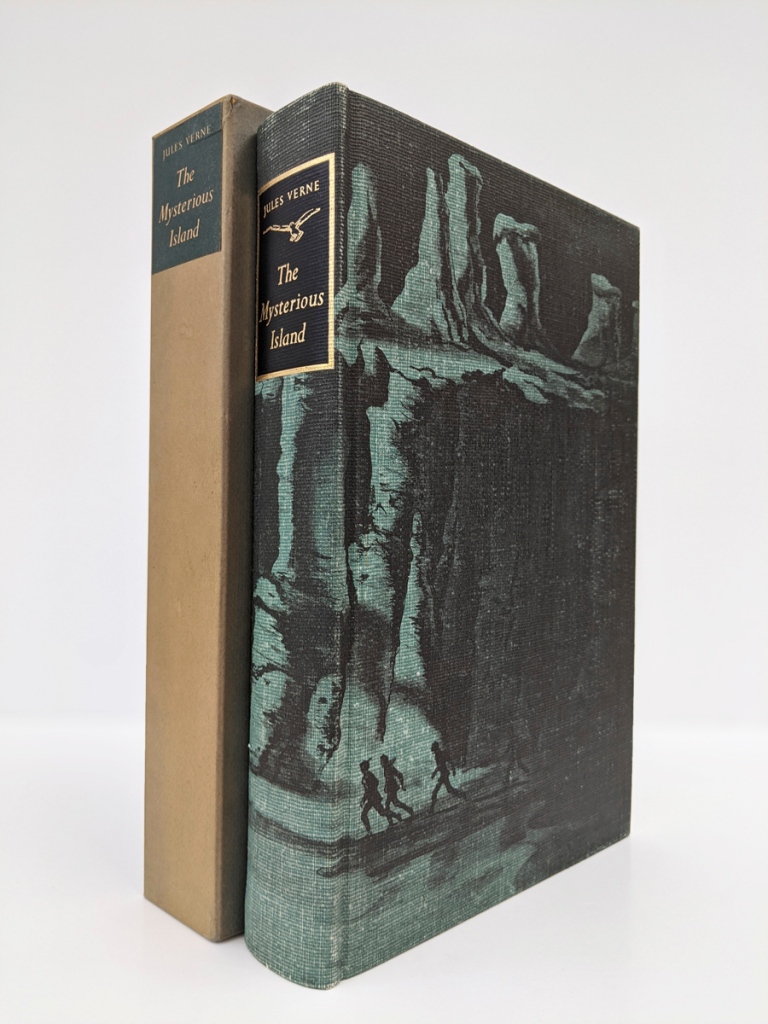
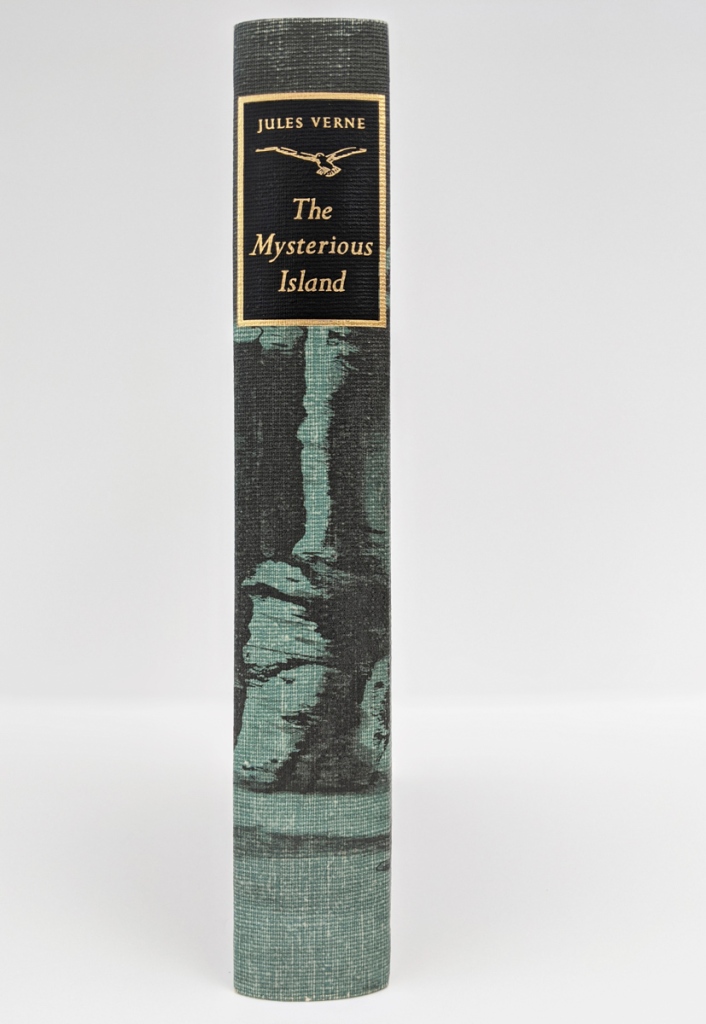
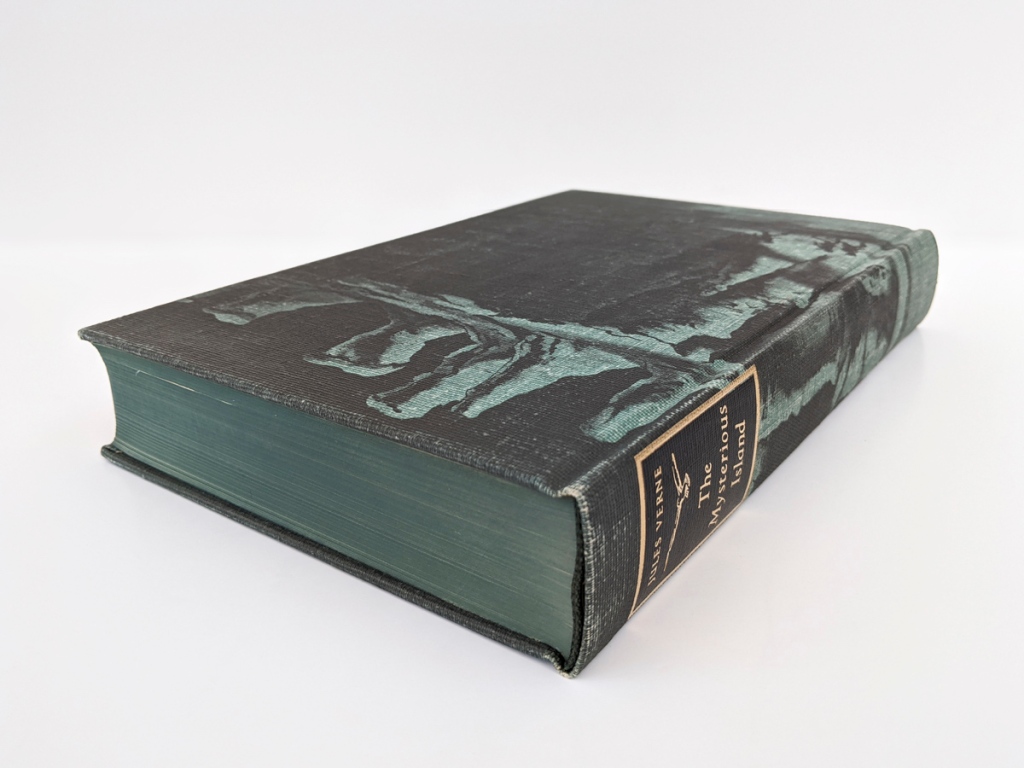
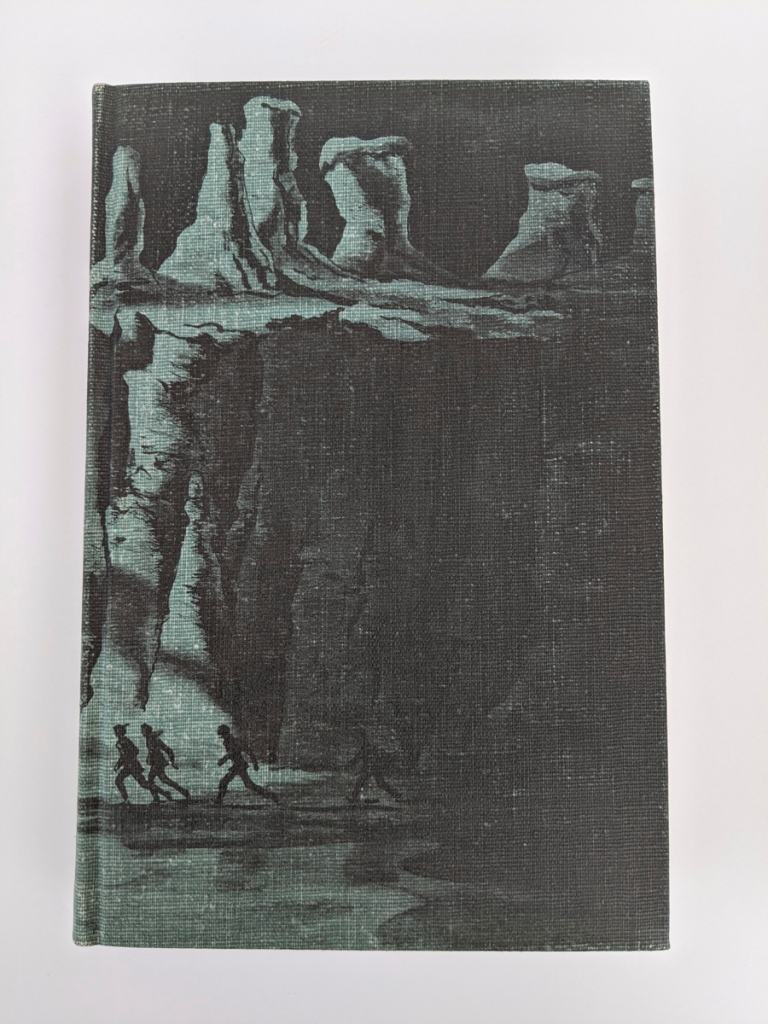
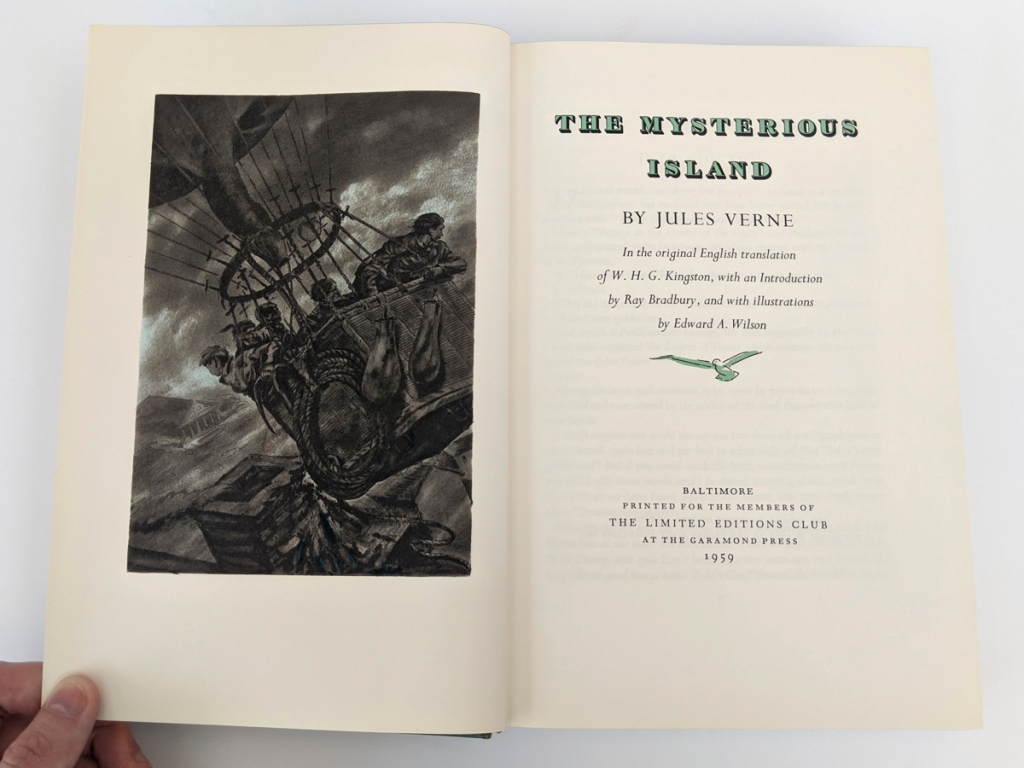

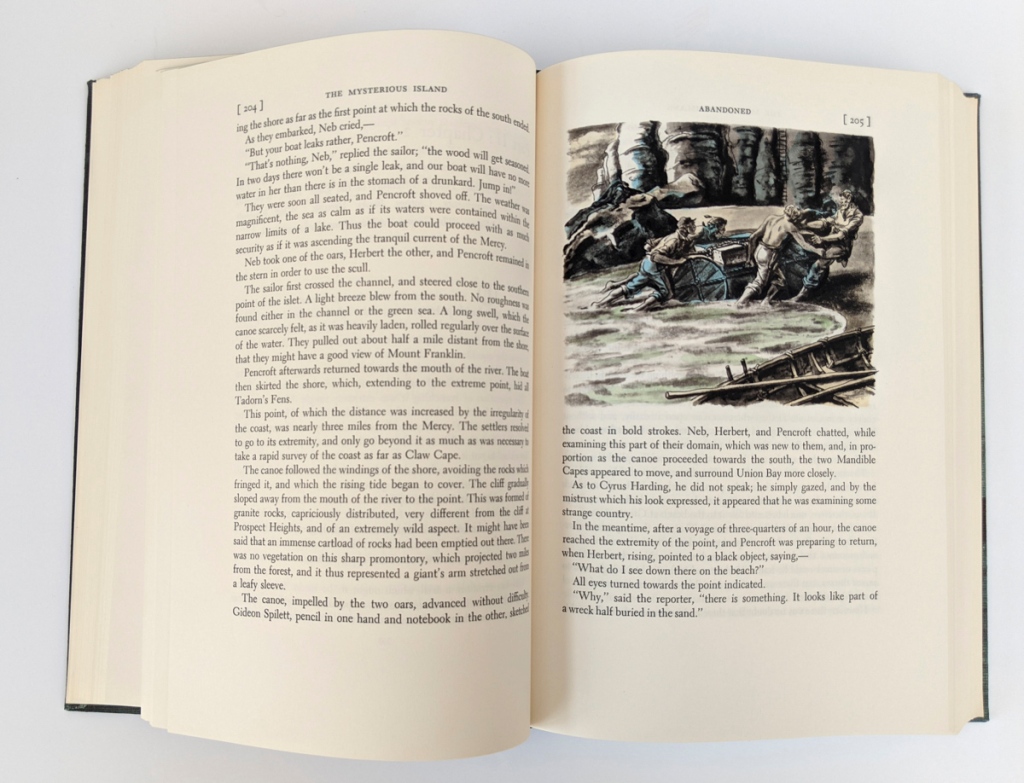
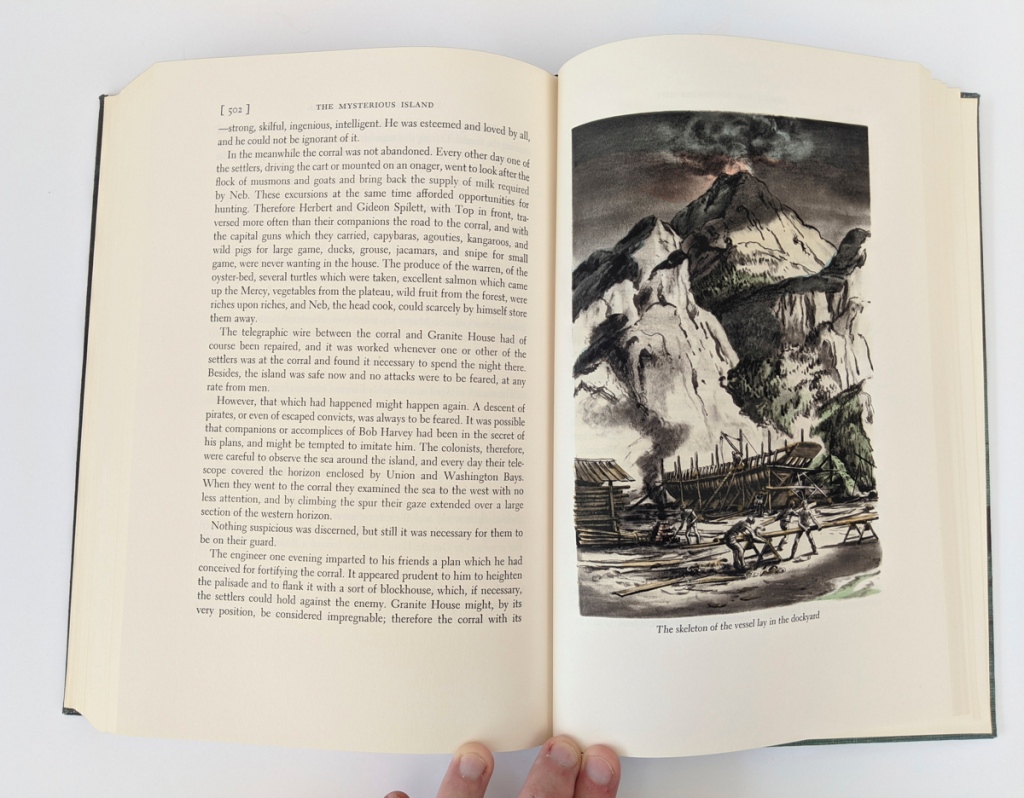
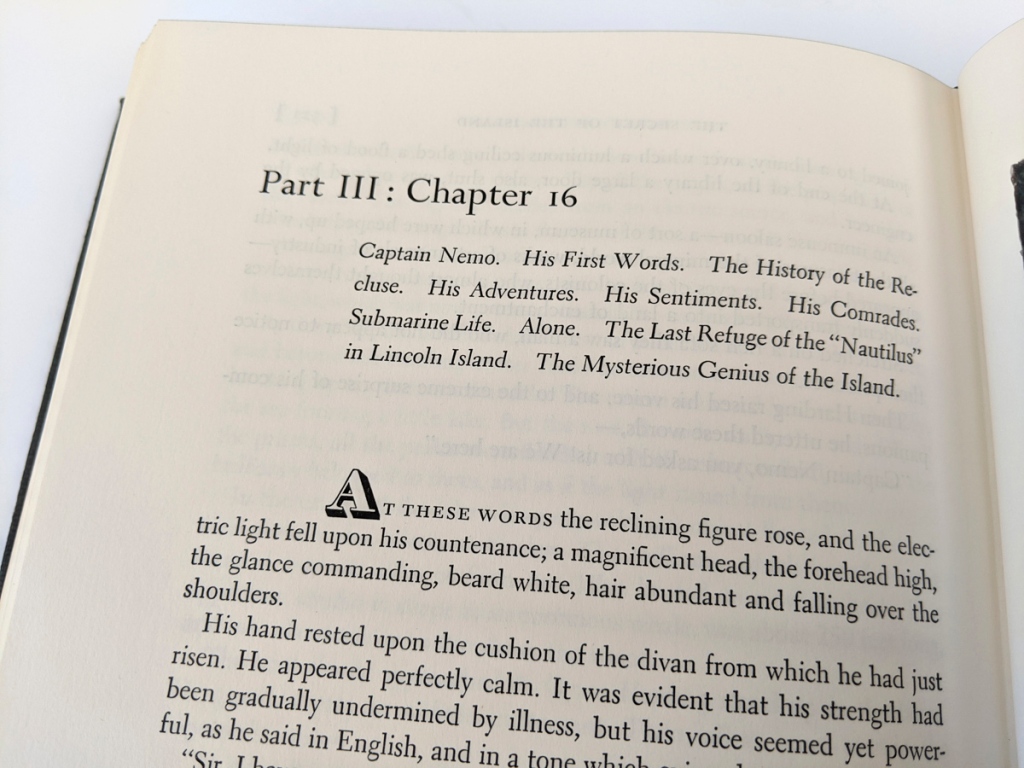
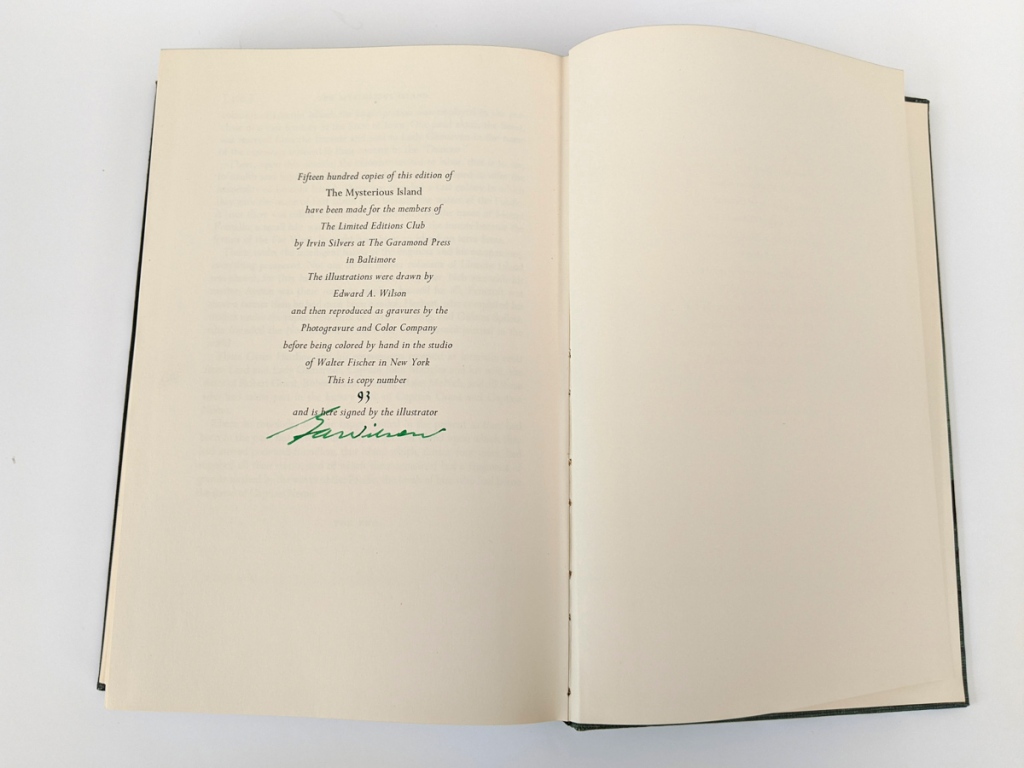
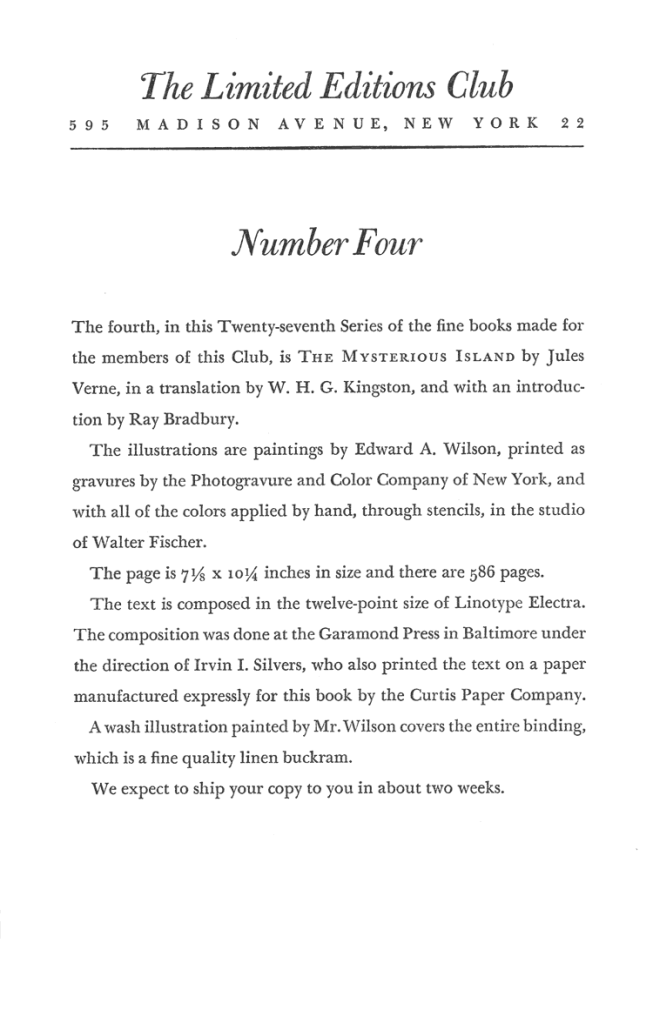
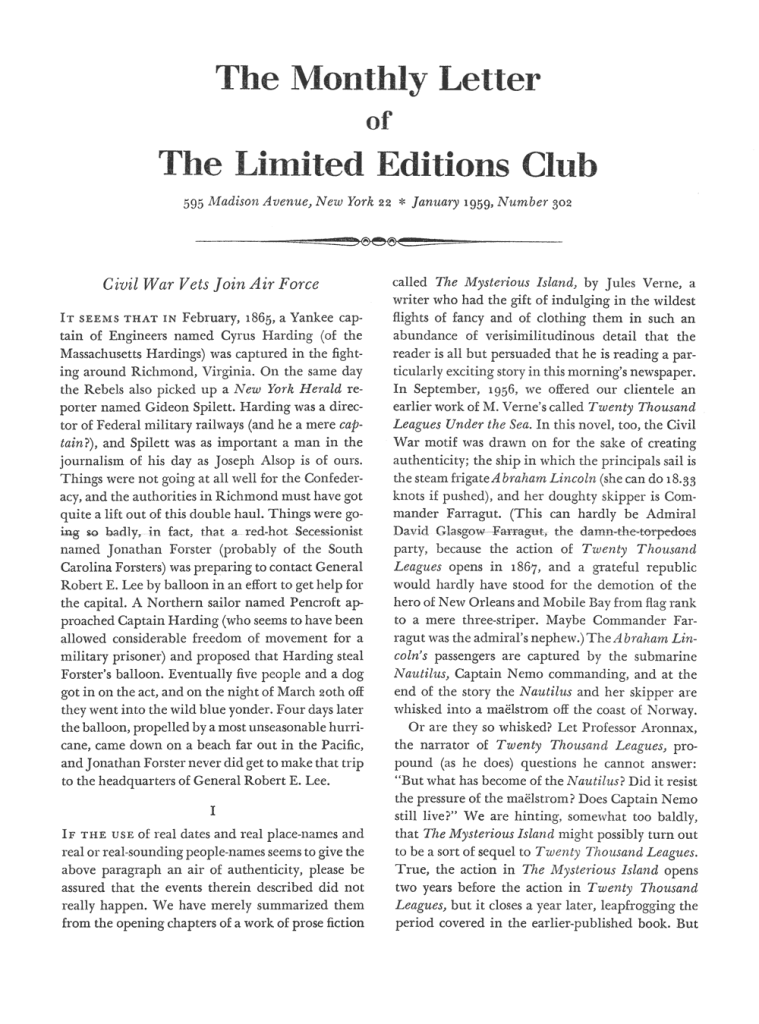
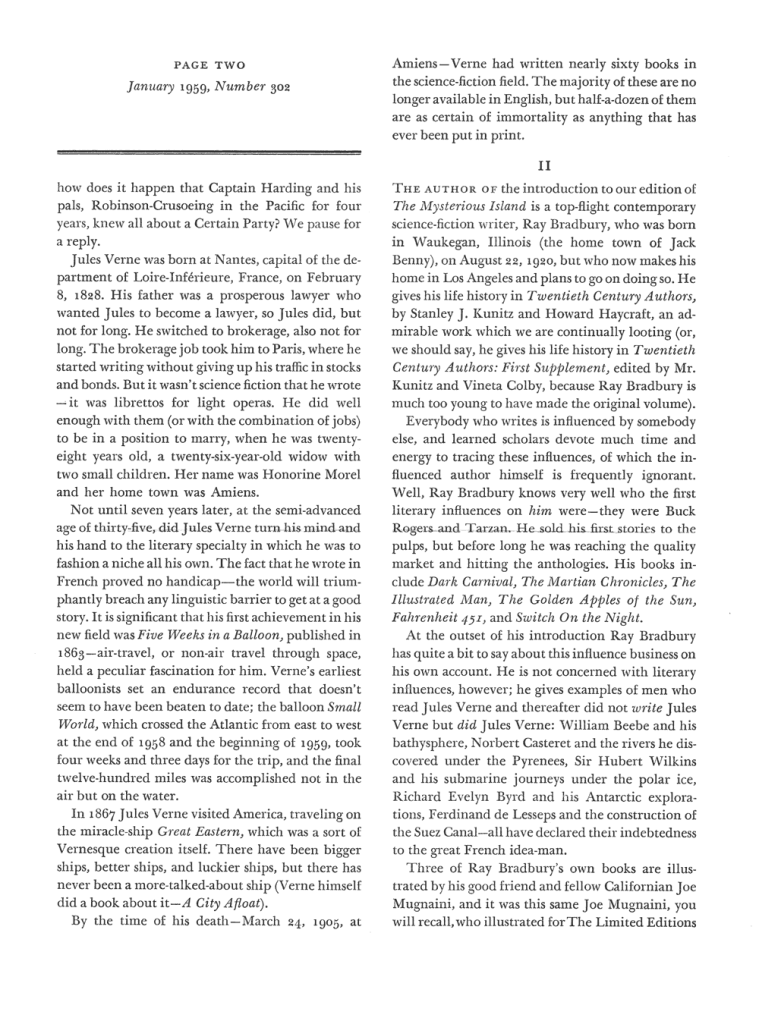
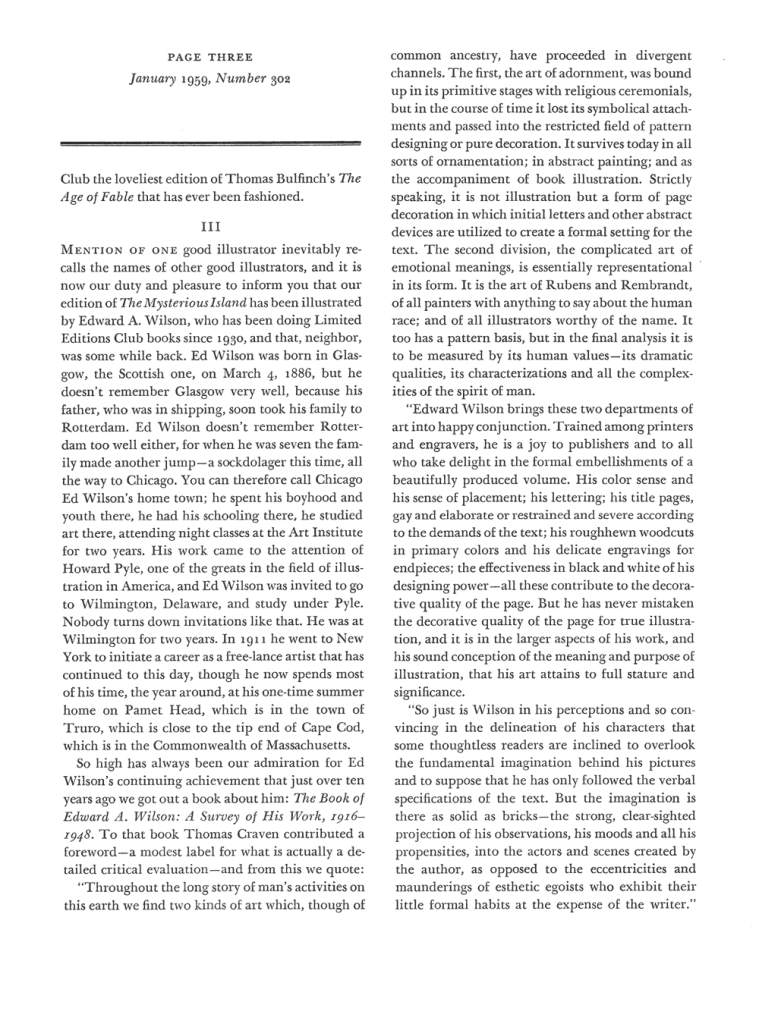
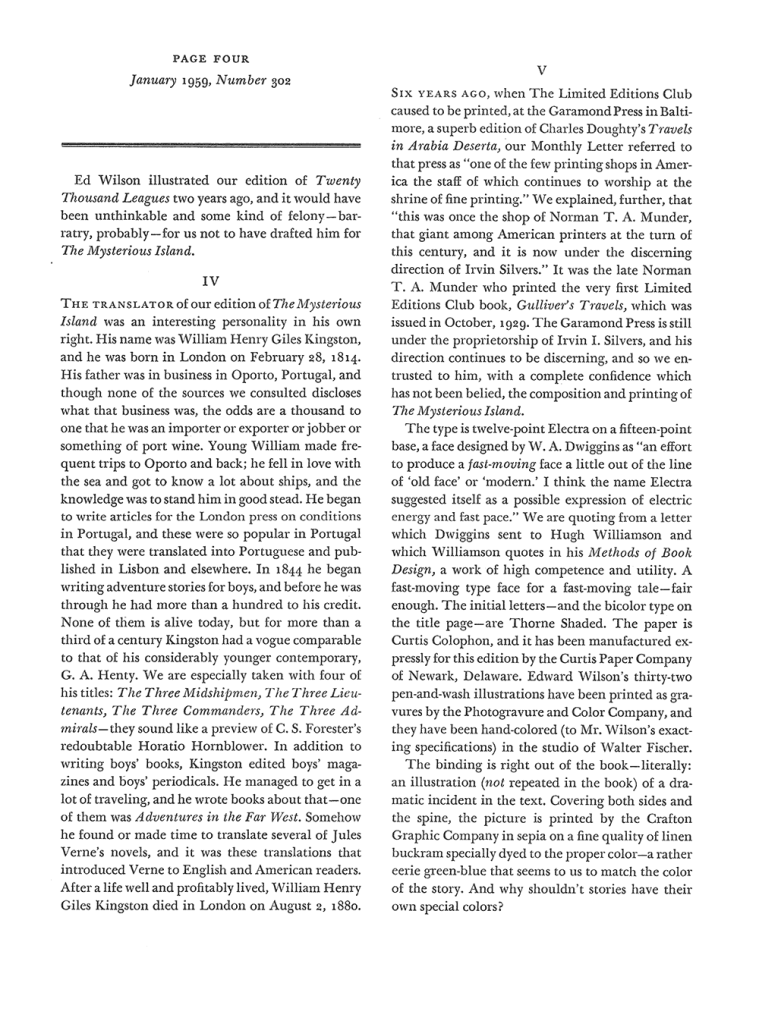
Very nice content…💝💝💝
Would you like photography?? Please visit my blog & support me… Hope you enjoy….😁😁😊😁
LikeLike